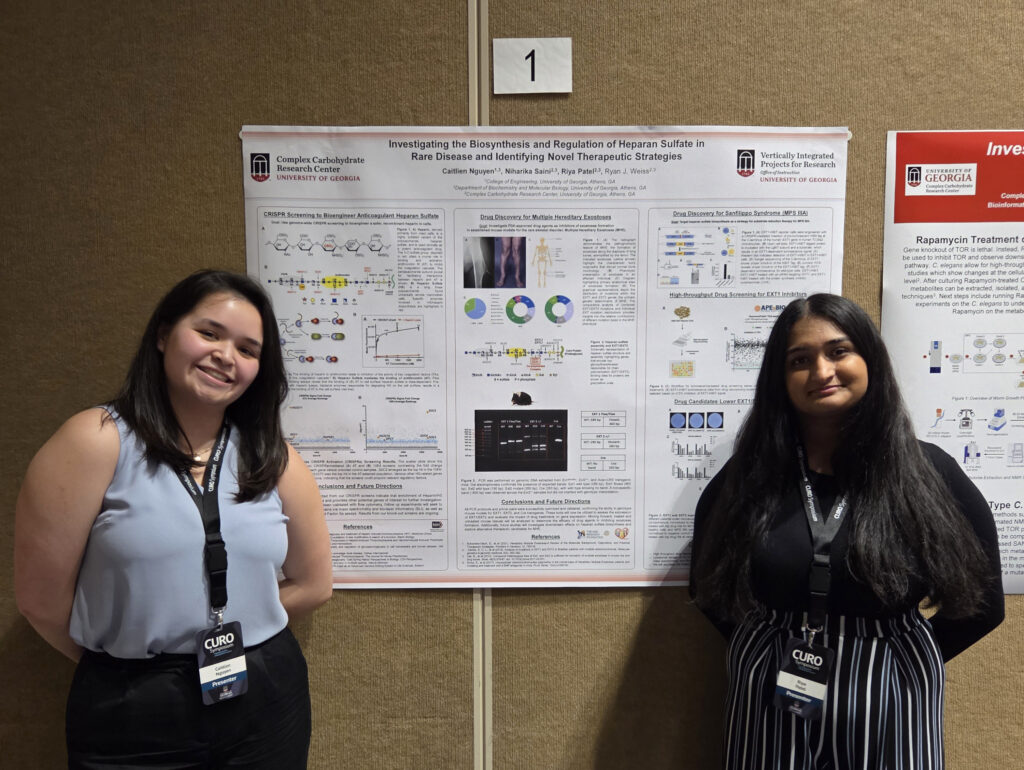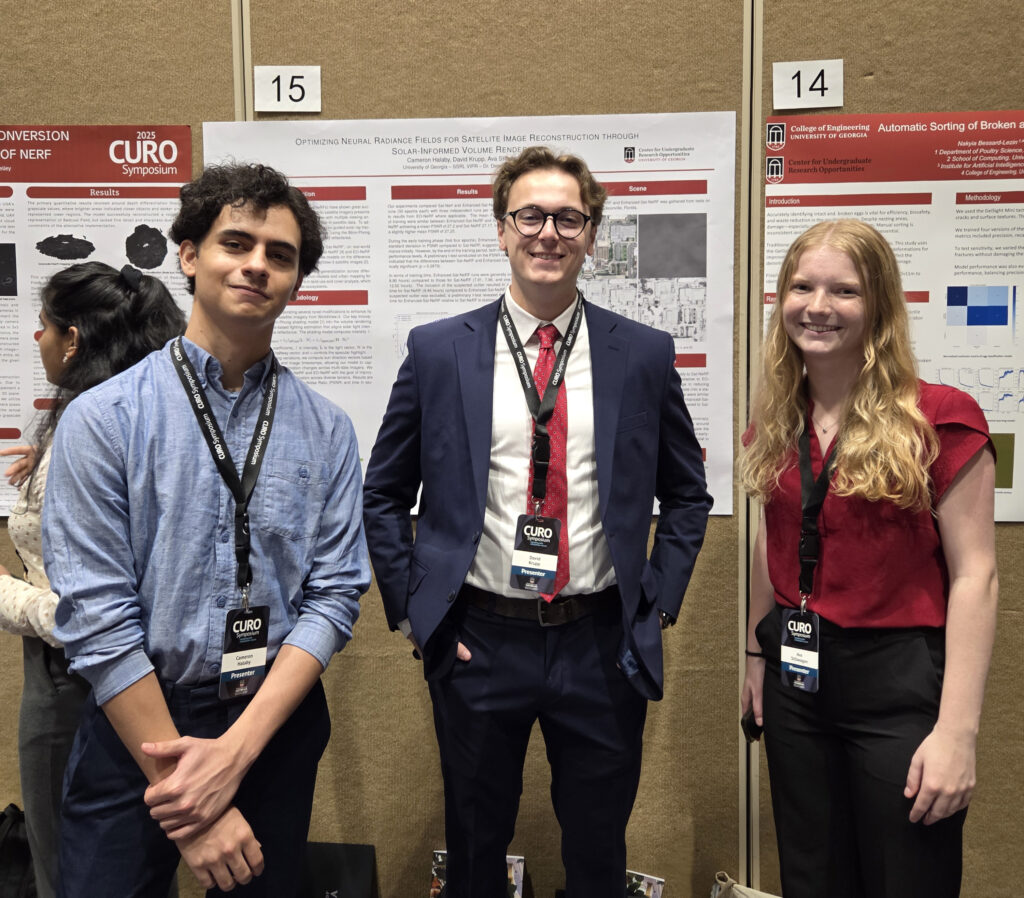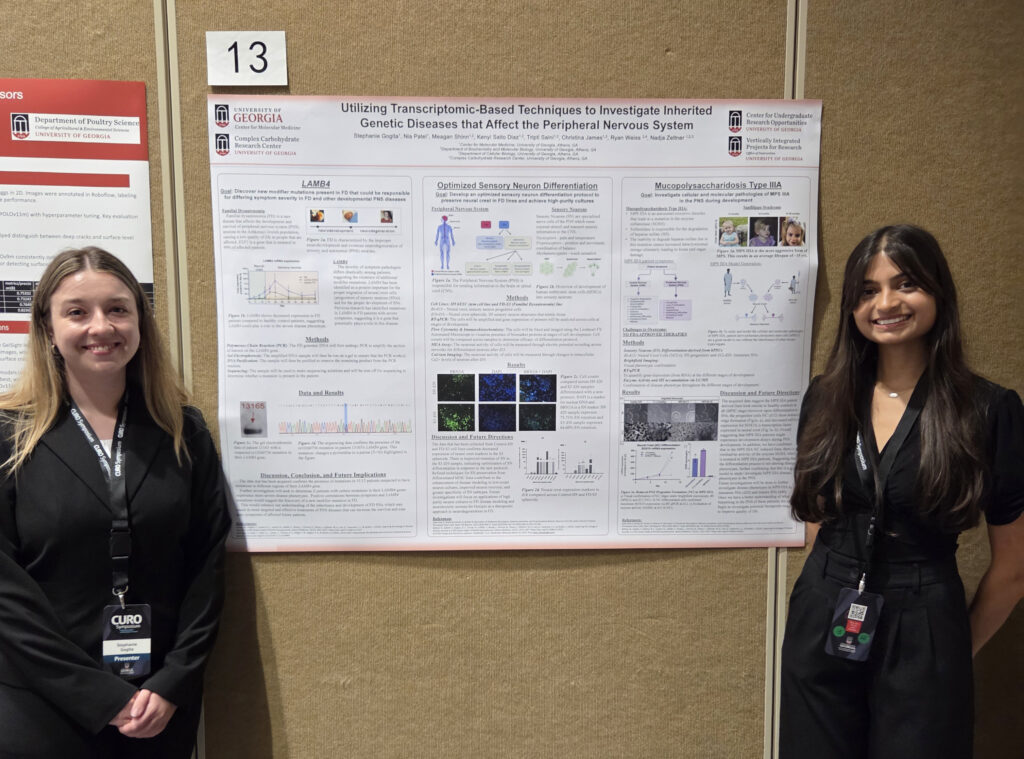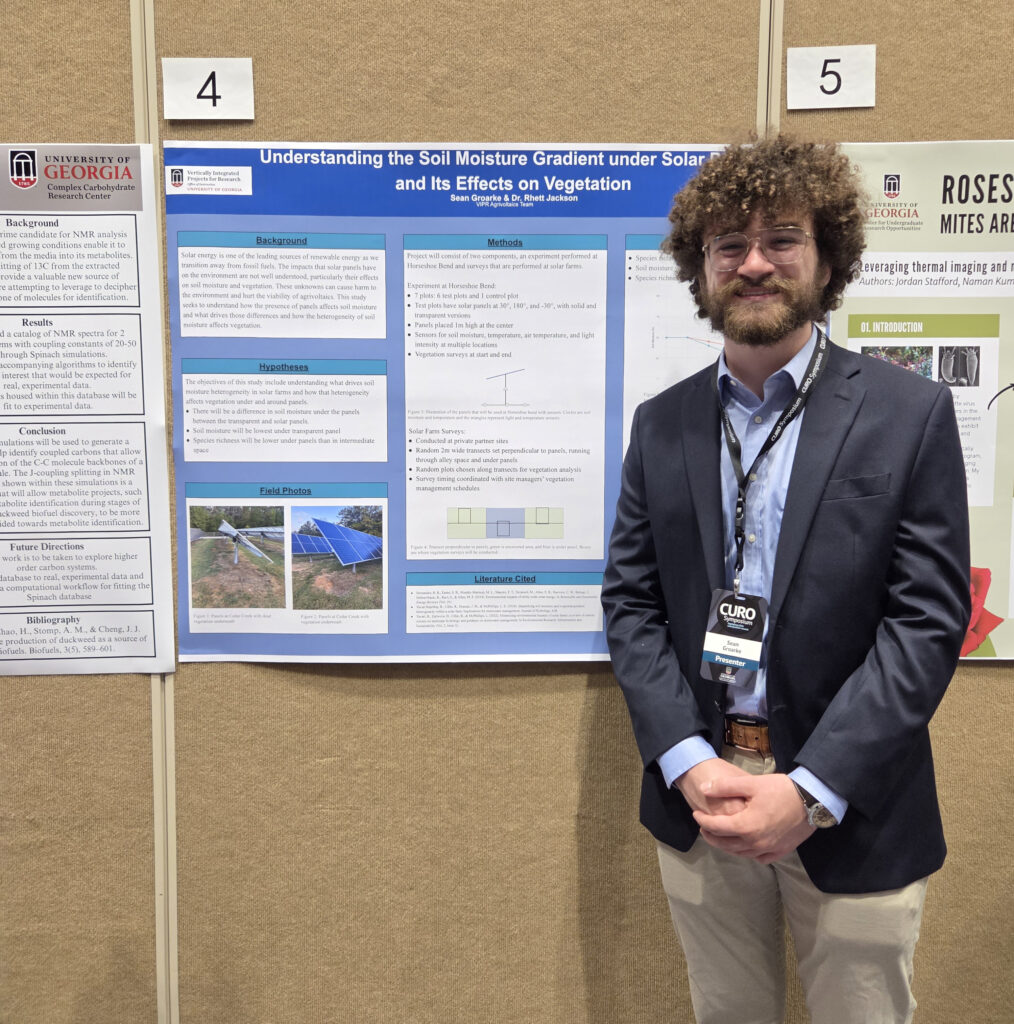The Vertically Integrated Projects for Research (VIPR) program is a new initiative from the Office of Instruction designed to unite the University of Georgia’s commitments to excellence in instruction and research. Based on an international model spanning 50 institutions across 16 countries, the VIPR program focuses on fostering collaboration between undergraduate and graduate students, postdoctoral associates, and faculty members in long-term, large-scale multidisciplinary research projects.
The VIPR program launched at UGA in the Fall of 2024 with seven teams that have been hard at work in various fields including agriculture, ecology, geosciences, medicine, psychology, and biology. (View a full list of VIPR teams and propose your own at vipr.uga.edu.)
“The University of Georgia prides itself as being a leader in innovative experiential learning opportunities, and one of the most important of those opportunities is undergraduate research.” said Associate Vice President for Instruction and VIPR program lead Thomas Mote. “Learning how to engage in research, work with an interdisciplinary team, have a laddered mentoring experience where you can learn from more senior undergraduate students as well as from faculty, and then have an opportunity to take on a leadership role yourself is really impactful.”
Thirty-five VIPR students showcased 16 posters at this year’s CURO Symposium, held in the Classic Center in April. Among them was Jacob Coleman, a third-year sociology and ecology major in his second semester with the Agrivoltaics VIPR Team. Agrivoltaics is the dual use of land for agriculture and energy production. The team, which includes students from the Odum School of Ecology, the College of Agricultural and Environmental Sciences, the College of Engineering, and the Warnell School of Forestry and Natural Resources, is working in tandem with a solar company to develop a research, education, and outreach program centered around agrivoltaics in the southeastern United States.
“VIPR is very much hands-on and student-led, so I really like the priority that students get … I also love that this is my own project that I’ve got to make from start to finish,” Coleman said. “We have a lot more control to do whatever we want and investigate the areas that we find important. A heavy emphasis is just based on us finding background research and building on our field to make new discoveries and chat with each other. I love that.”

Across the hall at CURO, Cameron Halaby, Ava Stillwagon, and David Krupp presented their poster for the Small Satellite VIPR Team, “Optimizing Neural Radiance Fields for Satellite Image Reconstruction through Solar-Informed Volume Rendering,” which won the VIPR Best Presentation Award. The Small Satellite Team works on developing methods and devices to implement complex detection and data processing tasks on CubeSats using artificial intelligence, and includes students from the Geography, Physics and Astronomy departments in Franklin, the School of Computing, and the College of Engineering.
When asked about the benefits of VIPR for undergraduate students, Krupp, a fifth-year mechanical engineering major, said, “Connections for sure. Working within the college that your VIPR project is in is useful for career development and really just academic development in general. … I know that working under my VIPR faculty advisor Dr. Mishra has been great for me. I love asking questions because he’s such a well-versed professor.”
Second-year graduate student Meagan Shinn works in the Weiss Laboratory with the GlycoSTEM VIPR Team. This team, which is comprised of students majoring in Biochemistry and Molecular Biology, focuses on harnessing stem cell biology and glycobiology to develop new disease models and therapeutic approaches for treating rare diseases.

From Shinn’s experience, getting to work with and mentor undergraduate students in an environment outside the typical laboratory setting is “critical.” She said, “Talking to somebody who has less research experience or scientific experience and learning how to change between lay and more scientific terminology, and getting to help them grow in that process is really rewarding.”
In VIPR’s second year, the program will include 12 new teams. Mote wants to continue increasing the number of students involved and build more industry partnerships. He said, “We really want to expand the scope across campus. Many of the existing teams already have students who are from outside of their home disciplines, but we would like to have teams that are anchored outside of those initial STEM disciplines as well. We started with seven teams this first year, but I would like to see this grow to dozens of teams over the next several years.”
